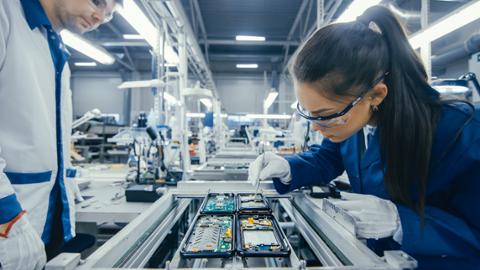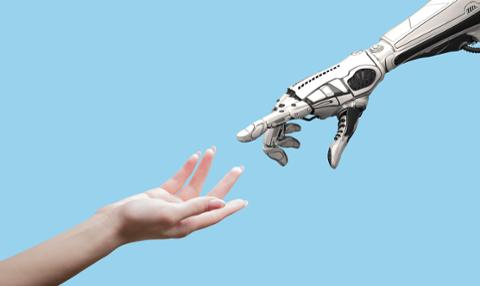IBM CEO Arvind Krishna claims that A.I. won’t impact software developer jobs at his company.
“I don’t intend to get rid of a single one. I'll get more,” he told the audience at Fortune's CEO Initiative conference, as quoted by Business Insider. But even as he loads up on engineering and sales specialists, he plans on reducing HR positions.
Like other tech giants, IBM spent late 2022 and early 2023 cutting thousands of workers. In January, it eliminated two business units, Kyndryl (IT infrastructure services; spun off as its own company) and its healthcare data analytics business (sold to a private equity firm), which resulted in a global headcount reduction of 1.5 percent. In May, Krishna announced he would delete thousands of back-office jobs, including HR.
In their respective quests to streamline operations, other tech giants have similarly targeted their support staff and back offices for cutbacks; Google recently announced it would cut hundreds of internal recruiters, then use those cost savings to invest heavily in artificial intelligence (A.I.) and other initiatives. “As we’ve said, we continue to invest in top engineering and technical talent while also meaningfully slowing the pace of our overall hiring,” a Google spokesperson told The New York Times.
However things shake out at these mega companies, though, it’s certain that developers’ jobs will change considerably over the next several years as more automated tools come online. A recent report from consulting firm McKinsey, Technology Trends Outlook 2023, broke down the next-generation tools that might end up in your workflow sooner than you think, if they’re not there already:
- Low- and no-code platforms: Microsoft Power Apps and other platforms could make it simpler for all employees, even those without any kind of coding background, to build single-function apps.
- Infrastructure-as-Code: “This is the process of configuring infrastructure, such as a data center, with machine readable code, which enables rapid reconfiguration and version control. The cloud, for example, is infrastructure that is fully abstracted as code,” is how the consulting firm summed up Infrastructure-as-Code.
- A.I.-generated code and A.I.-based testing: Chatbots such as ChatGPT and Code Llama can produce and debug code, and they’ll likely grow in power and sophistication.
- Microservices and APIs: Microservices and APIs allow developers to quickly build complex services and applications.
- Automated code review: A.I. will assist human users in code review.
Will these tools enhance productivity without sparking layoffs? That remains to be seen. For tech pros everywhere, learning what these tools can (and can’t) do can help you adjust your workflows and potentially “future proof” your job.



